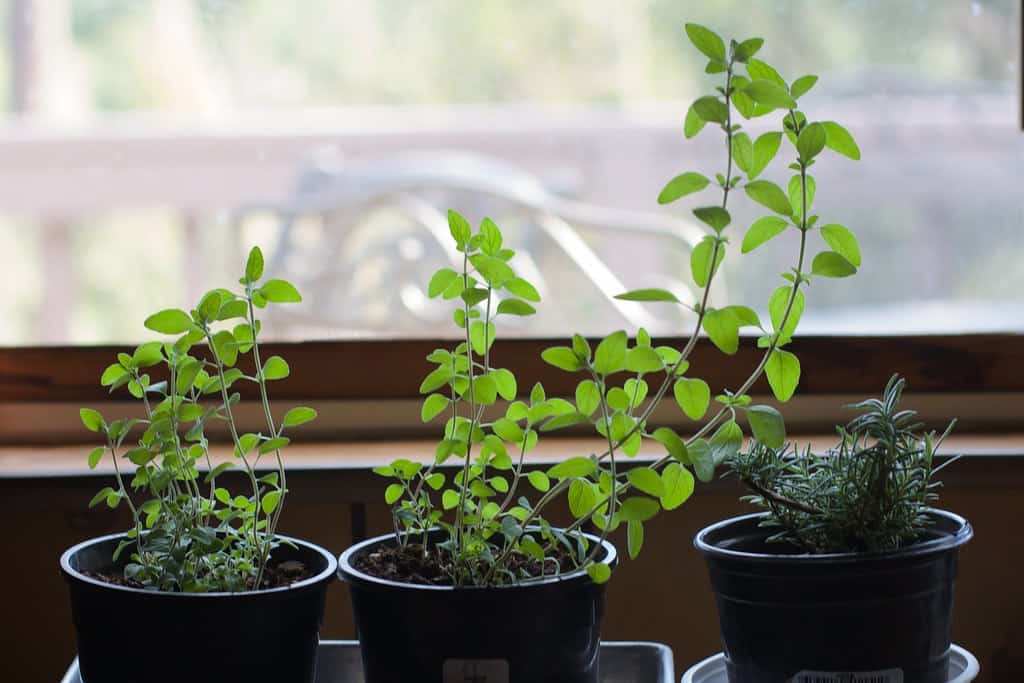During World War II, Victory Gardens played a crucial role in supporting both the war effort and American households. These gardens, also known as “war gardens” or “food gardens for defense,” were vegetable gardens planted and tended by individuals, families, and communities to supplement their food supply and reduce pressure on the nation’s food production and distribution.
History of Victory Gardens

The idea for Victory Gardens originated in England during World War I, but it was in the United States where they gained widespread popularity. In 1942, the United States government launched a national campaign to encourage citizens to plant their own gardens, with the slogan “Victory Gardens: We Can Do It!” The campaign was led by the Office of War Information and the United States Department of Agriculture, and it included posters, pamphlets, and radio broadcasts that provided gardening tips and information on what to plant.
The success of the Victory Gardens was impressive. By the end of the war, there were over 20 million Victory Gardens in the United States, producing an estimated 9–10 million tons of vegetables. This accounted for nearly 40% of all vegetables grown in the country, and it helped to ease the strain on the nation’s food supply.
Victory Gardens also had a positive impact on the economy and the environment. They helped to create jobs and stimulate local economies, and they were a way for people to take an active role in the war effort. They also promoted sustainable agriculture practices, such as composting and crop rotation, which helped to conserve resources and improve soil health.
In addition to their practical benefits, Victory Gardens also served a symbolic purpose. They were a symbol of national unity and a reminder that every individual could make a difference in the war effort. They also symbolized the resilience and determination of the American people in the face of adversity.
Today, the legacy of Victory Gardens lives on. Many communities and organizations continue to promote and support community gardening, and the principles of sustainable agriculture that were championed during World War II remain just as relevant today.
Check out Little Tree Food Forest for articles on food forests and homesteading.
Check out StoryScapes for articles on creative writing.
Related Content
Related Content
Subscribe to our newsletter to get information delivered to your inbox on edible landscaping, growing food and medicinal plants, growing mushrooms, foraging, fermentation, food preservation, raising small livestock, and more.















One thought on “Victory Gardens: A Look into the History of Sustainable Agriculture during War Time”
Comments are closed.